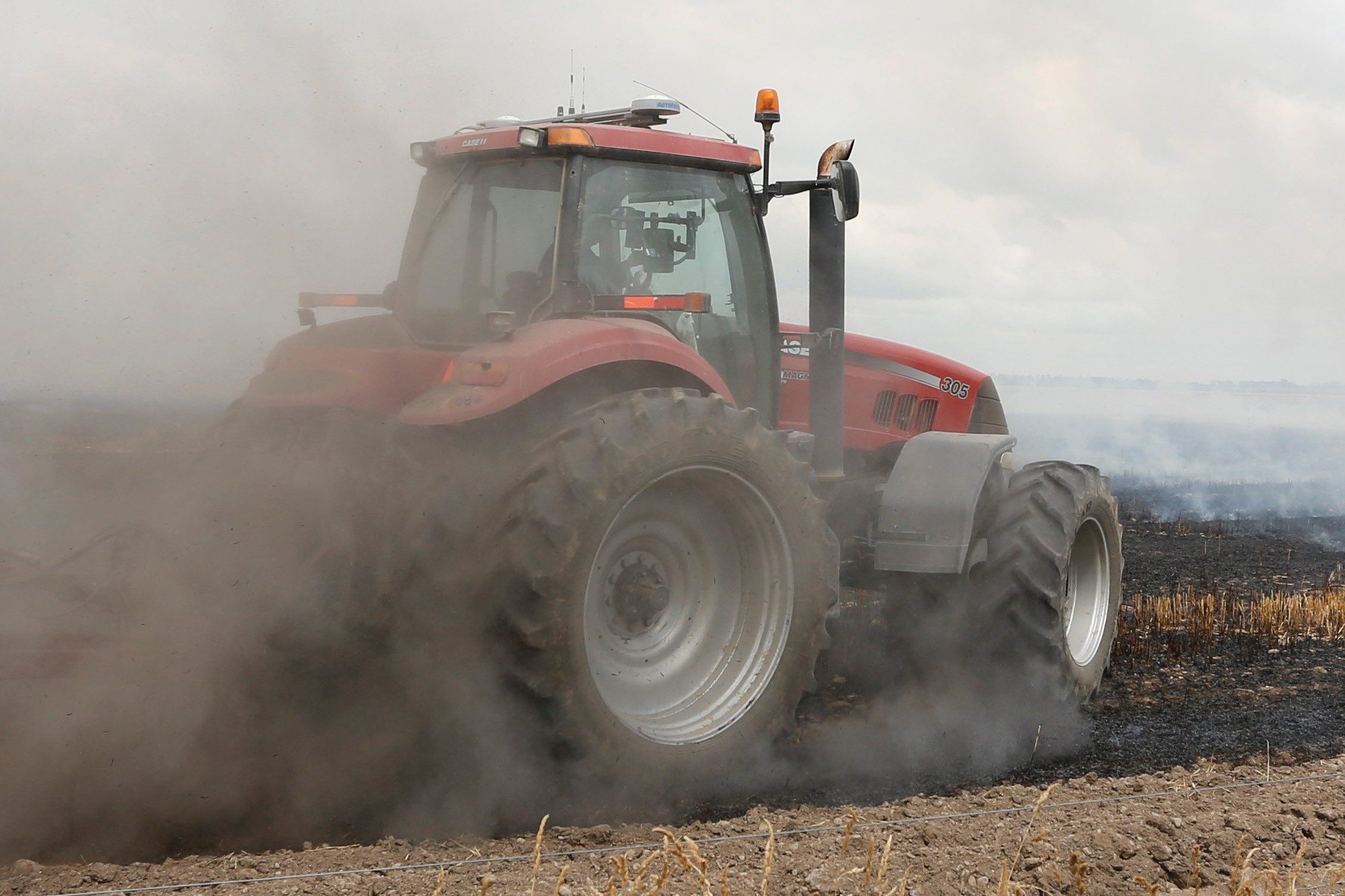A matter of difference in soils
By Jo Cuttance

Soil organic matter and soil carbon are different from an agronomist perspective, Lincoln University professor and agronomist Derrick Moot said. It was very important people understood that because the terms were often used interchangeably.
Moot said when people saw plant residue, it was crop stubble or some root biomass in the soil. Most plant residues broke down, the part which was easily degradable and broke down quickly, was called litter. These were the leaves and roots from a crop harvest and some stem. Often farmers either burnt it or turned it over. The soil biological activity would be such that the bacteria in the soil broke it down. Decomposition from microbial biomass occurred rapidly and converted some of the easily degradable carbon tied up in the litter into carbon dioxide.
He said the intermediate and the resistant faction remained in the soil over time. The microbial biomass did not change very much but it worked more and more on the plant residues and converted them from plant residue into CO2. The process of respiration from the soil microbial biomass was actually the same – it broke down the sugars that were in those plant parts. It took weeks or months to break that down, and convert those plant residues back into atmospheric CO2. This process was ongoing and there was only a small resistant faction that took longer and longer.
“The microbial biomass here is not really changing, but it was taking longer, and eventually converting some of the plant residues into carbon dioxide.”
When it was no longer possible to identify what the plant was, and there was a gooey stabilised mass, this was called humus. This was a natural process which took longer to occur and was more resistant to the breakdown of the bacterial mass. This was a by-product of that microbial activity which got more humus into the soil. It eventually decomposed and the soil humus ended up back in the atmosphere.
“What we are really dealing with here is the time frame by which we get our plant residuals back into the atmosphere.”
The only carbon from the organic matter that remained in the soil was the carbon particles which were stuck to the soil particles. That was soil carbon. This process happened under pastures. All sites that could be occupied by soil carbon became occupied over decades of time and created a build-up of soil carbon.
If that paddock was ploughed and put into an arable cropping system, where it might be ploughed every year, then there was a breakdown of that soil carbon which was stuck very tightly to the mineral particles of the soil.
“That is really where the idea of being able to capture carbon has come from.”
He gave the example, if a farmer had been cropping in the Midwest of the United States for almost a century, a lot of the soil carbon had been broken down or removed, as well as, the easily degradable and plant residue component of the plant material that had been put into the soil system. Eventually all of that ended up back in the atmosphere.
From a New Zealand perspective, storing soil carbon would be a short-term gain. This was because most data suggested NZ had a saturation of soils for carbon.
Moot said the result of that breakdown or returning to residuals was thatch. Thatch occurred on a lot of pastures and this was not soil carbon. It was organic matter.
“At this stage it’s got a carbon tonitrogen ratio of about 40:1.”
A lot of NZ’s grazed pastures had thatch on the top of them. This thatch tied up nitrogen and stopped biological activity. To get nutrient cycling in these systems farmers often applied nitrogen fertiliser or put in a rye corn or barley crop, and grazed that crop over a year or two. The urine returns went back in and allowed nitrogen cycling to occur. This ratio of carbon to nitrogen needed to be about 20:1 for the breakdown of that organic matter and the release of nutrients.
NZ soils had a lot of organic matter and the ability to have a lot of nutrient cycling because they were predominantly pastoral-based.
“Carbon storage is generally saturated in many NZ soils, carbon storage rate is low and temporary, particularly for cropping systems.”
Soil organic matter only increased yield of crops if there was a nutrient limitation. The idea of getting more soil organic matter into a soil to increase yields would only occur if the nutrient limiting the system was put in.
“Nutrients do not up-well. We do not bring nutrients from a long way below ground if they are not available.”
Nutrients generally occurred in the area where there was a lot of soil biological activity. Roots from trees that went a long way down into the ground would put some carbon into an area where there had not been any carbon before.
This was the idea many regenerative agriculture practitioners talked about of having deep tap-rooted species that put carbon deep into the soil beyond where grasses grow. Deep-rooted lucerne could have its roots down six metres whereas a grass grown in the same soil might only have roots down to about a metre.
“But in neither case do we actually get any upwelling of nutrients.”
Moot said if we wanted to have a system based on nitrogen fixation then we needed to ensure other nutrients were not limiting.




